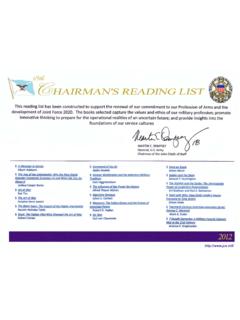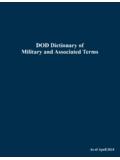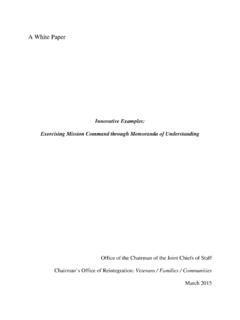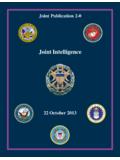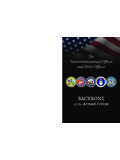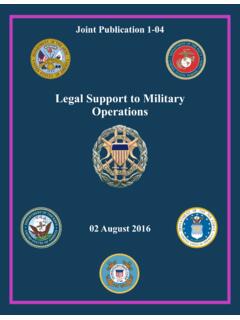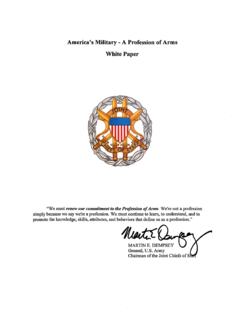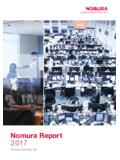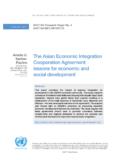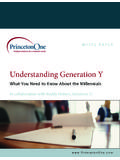Transcription of The National Military Strategy of the United States …
1 The National Military Strategy of the United States of America 2015 The United States Military s Contribution To National Security June 2015 ii i Chairman s Foreword Today s global security environment is the most unpredictable I have seen in 40 years of service. Since the last National Military Strategy was published in 2011, global disorder has significantly increased while some of our comparative Military advantage has begun to erode. We now face multiple, simultaneous security challenges from traditional state actors and transregional networks of sub-state groups all taking advantage of rapid technological change.
2 Future conflicts will come more rapidly, last longer, and take place on a much more technically challenging battlefield. They will have increasing implications to the homeland. This National Military Strategy describes how we will employ our Military forces to protect and advance our National interests. We must be able to rapidly adapt to new threats while maintaining comparative advantage over traditional ones. Success will increasingly depend on how well our Military instrument can support the other instruments of power and enable our network of allies and partners.
3 The 2015 NMS continues the call for greater agility, innovation, and integration. It reinforces the need for the Military to remain globally engaged to shape the security environment and to preserve our network of alliances. It echoes previous documents in noting the imperative within our profession to develop leaders of competence, character, and consequence. But it also asserts that the application of the Military instrument of power against state threats is very different than the application of Military power against non-state threats.
4 We are more likely to face prolonged campaigns than conflicts that are resolved control of escalation is becoming more difficult and more that as a hedge against unpredictability with reduced resources, we may have to adjust our global posture. Despite what is likely to be a difficult future, we are blessed to be able to count on the young Americans who choose to serve, to live an uncommon life, and to defend their fellow citizens. Our focus must remain that they are the best-led and best-equipped force in the world. The 2015 National Military Strategy of the United States offers a blueprint towards that end.
5 1 This 2015 National Military Strategy addresses the need to counter revisionist States that are challenging international norms as well as violent extremist organizations (VEOs) that are undermining transregional security. We are working with allies and partners to deter, deny, and when necessary defeat potential state adversaries. Concurrently, we are leading multiple coalition efforts to disrupt, degrade, and defeat VEOs. Central to these efforts is strengthening our global network of allies and partners. This integrated Strategy requires us to conduct synchronized operations around the globe, implement institutional reforms at home, and sustain the capabilities, capacity, and readiness required to prevail in conflicts that may differ significantly in scope, scale, and duration.
6 I. The Strategic Environment Complexity and rapid change characterize today s strategic environment, driven by globalization, the diffusion of technology, and demographic shifts. Globalization is impacting nearly every aspect of human activity. People, products, and information are flowing across borders at unprecedented speed and volume, acting as catalysts for economic development while also increasing societal tensions, competition for resources, and political instability. Central to globalization is the spread of new technologies that enable a global information environment and empower people to see more, share more, create more, and organize faster than ever before.
7 Individuals and groups today have access to more information than entire governments once possessed. They can swiftly organize and act on what they learn, sometimes leading to violent change. States , meanwhile, are using information sharing to develop advanced capabilities of their own. When applied to Military systems, this diffusion of technology is challenging competitive advantages long held by the United States such as early warning and precision strike. These changes are amplified by shifting demographics. Youth populations are rapidly growing in Africa and the Middle East, regions that face resource shortages, struggling economies, and deep social fissures.
8 Meanwhile, populations in Europe and across northern Asia are set to decline and get older. Around the world, millions of people are flowing from the countryside into cities in search of work where they are exposed to cultural differences, alienation, and disease. They also are moving across borders and seas in growing numbers, accepting great risk and placing strain on nations that receive them. KEY FACTORS Globalization Diffusion of technology Demographic shifts 2 Despite these changes, States remain the international system s dominant actors.
9 They are preeminent in their capability to harness power, focus human endeavors, and provide security. Most States today led by the United States , its allies, and partners support the established institutions and processes dedicated to preventing conflict, respecting sovereignty, and furthering human rights. Some States , however, are attempting to revise key aspects of the international order and are acting in a manner that threatens our National security interests. While Russia has contributed in select security areas, such as counternarcotics and counterterrorism, it also has repeatedly demonstrated that it does not respect the sovereignty of its neighbors and it is willing to use force to achieve its goals.
10 Russia s Military actions are undermining regional security directly and through proxy forces. These actions violate numerous agreements that Russia has signed in which it committed to act in accordance with international norms, including the UN Charter, Helsinki Accords, Russia-NATO Founding Act, Budapest Memorandum, and the Intermediate-Range Nuclear Forces Treaty. Iran also poses strategic challenges to the international community. It is pursuing nuclear and missile delivery technologies despite repeated United Nations Security Council resolutions demanding that it cease such efforts.

